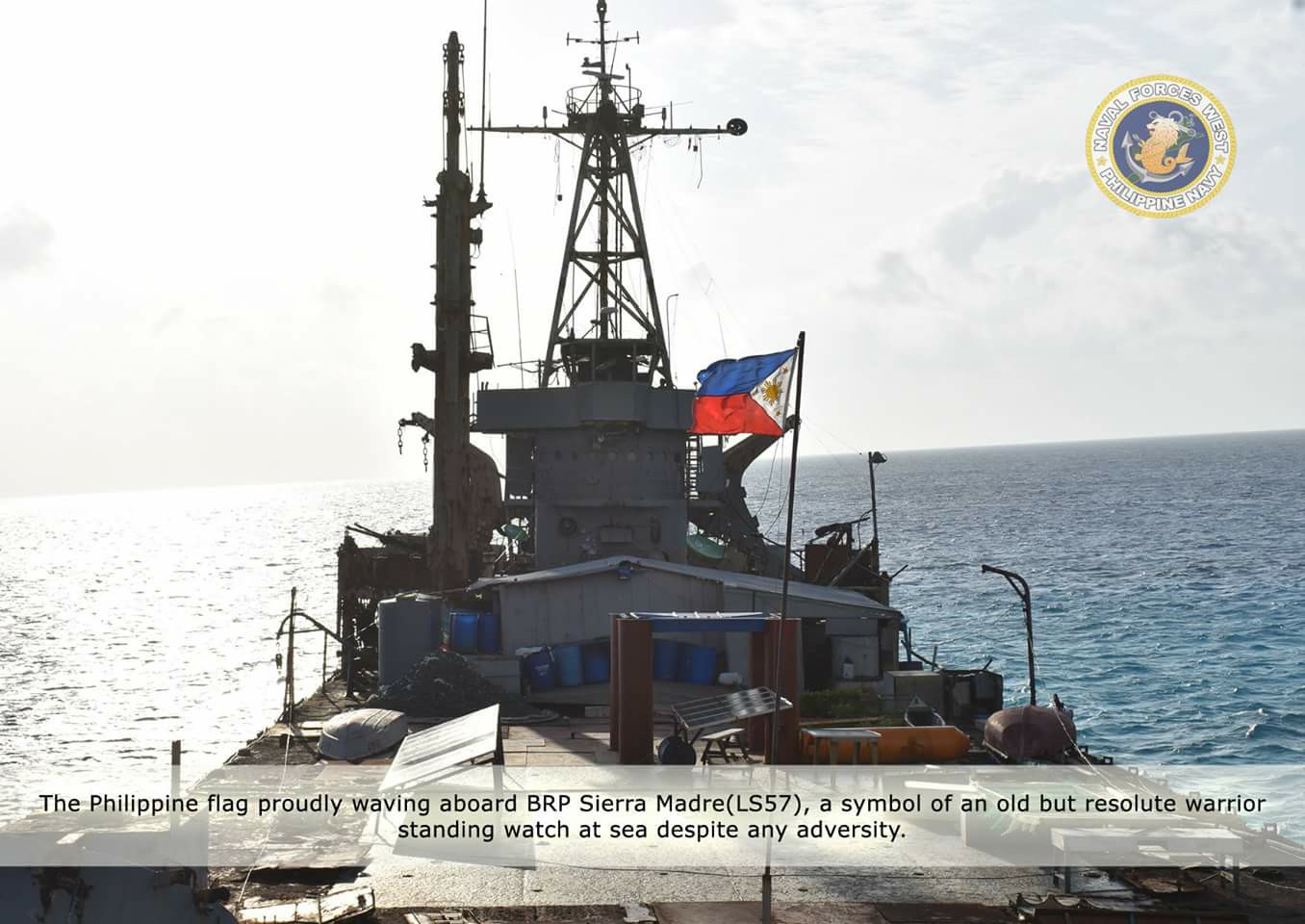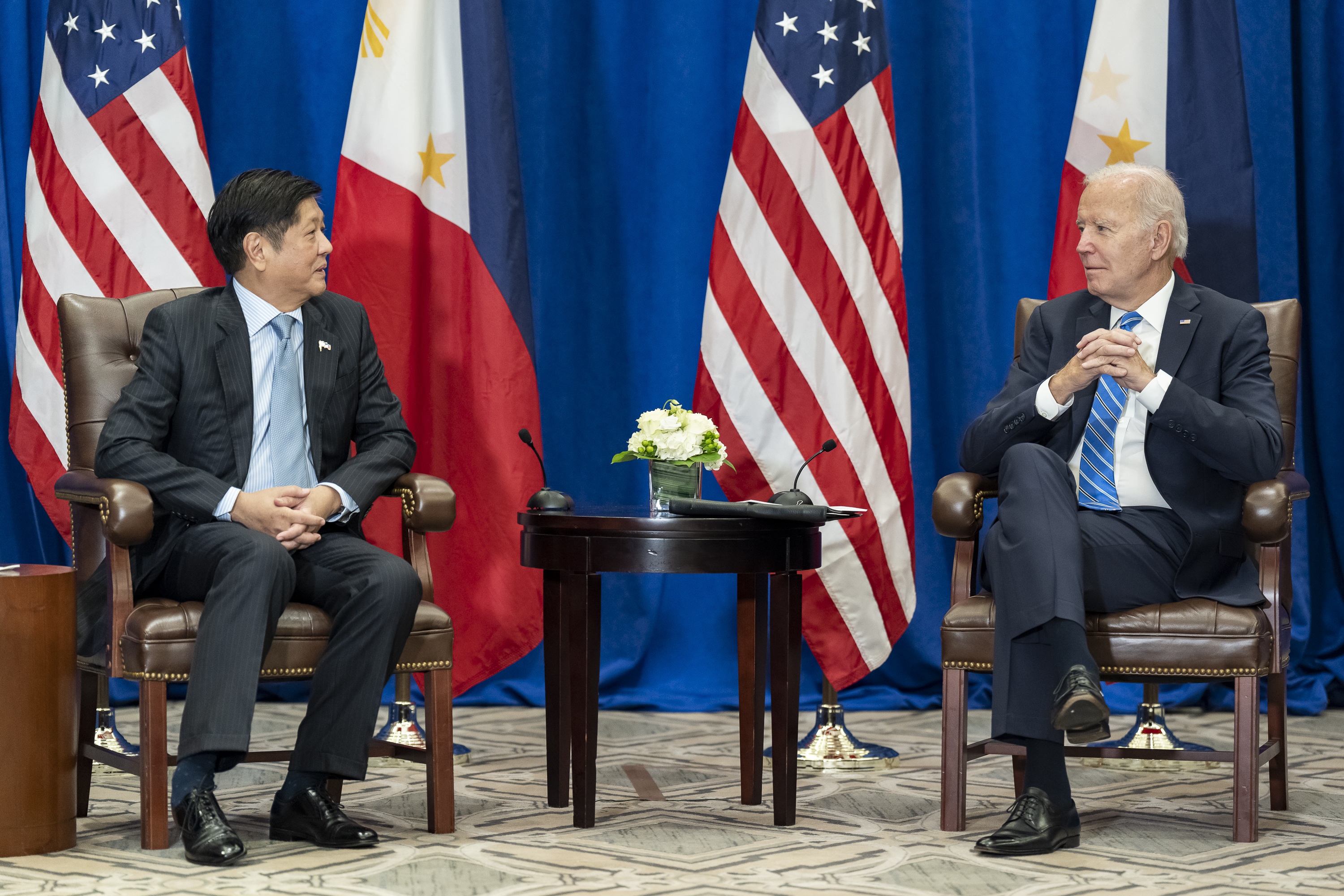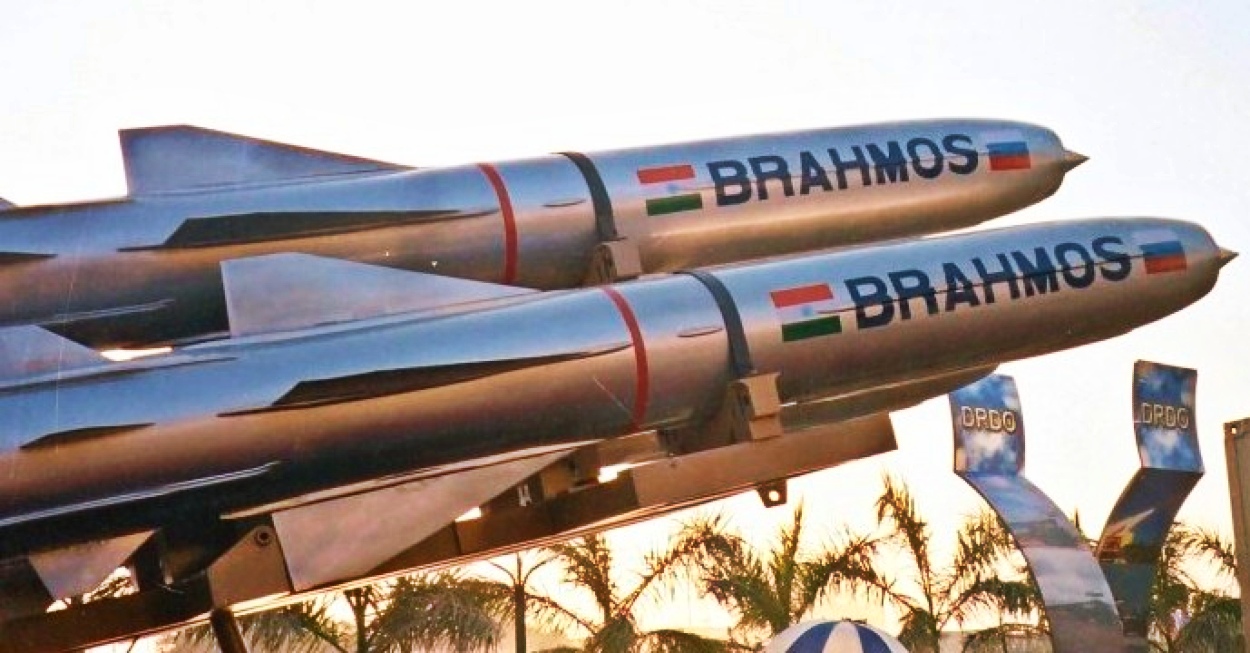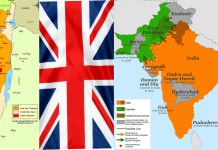As tensions continue to grip the South China Sea, Chinese state media has alleged that the Philippines has once again triggered a military provocation by airdropping supplies to its grounded vessel Sierra Madre in the disputed Second Thomas Shoal.
The ship was purposefully run aground in 1999 on the Second Thomas Shoal to act as the nation’s outpost in the face of overlapping claims on the territory. Filipino forces carrying out reinforcement missions to the ship, including food and medical supplies for the troops aboard the ship, have recently been routinely confronted by Chinese forces.
Earlier this month, a senior military official told the media that the Armed Forces of the Philippines (AFP) successfully conducted an airdrop mission to the BRP Sierra Madre on January 21, using a Philippine Navy Islander maritime patrol aircraft.
The state-owned Global Times report lambasted Manila for provoking China by airdropping supplies to its warship that is illegally anchored on “Ren’ai Jiao” (Second Thomas Shoal) and by sensationalizing the trespassing of Philippine fishermen on Huangyan Island (Scarborough Shoal).
In a statement, China Coast Guard spokesperson Gan Yu said that the CCG responded to the crisis in real time, following all legal and regulatory requirements. It also made temporary special arrangements for the Philippine side’s essential living necessities.
The #Philippines military did an airdrop mission today delivering supplies to the BRP Sierra Madre ship that is beached at Ayungin Shoal.
An effective way to evade the Chinese blockade, but only feasible for a small quantity of VIP supplies that require skill and precision. Good… pic.twitter.com/zp400aevLg
— Indo-Pacific News – Geo-Politics & Defense News (@IndoPac_Info) January 21, 2024
Gan, who called for an end to the Philippines’ provocations and exaggeration of the events, claimed that the country’s approach to defusing tensions in the South China Sea is counterproductive because it ignores the truth and hypes the issue to deceive other countries.
The spokesperson said the CCG would bolster law enforcement at the Second Thomas Shoal and its surrounding waterways to protect maritime rights and national sovereignty firmly. A reef in the contentious South China Sea, the Second Thomas Shoal is a resource-rich waterway that serves as a central shipping channel.

The airdropping event coincided with a meeting between the two nations on the South China Sea, which observers claimed reduced regional tensions.
Over a month had passed since the last time the Philippines dispatched ships to the Second Thomas Shoal before this air supply mission.
The Chinese report noted that this was after the Chinese People’s Liberation Army (PLA) Southern Theater Command declared that it had conducted regular patrols and drills in the South China Sea during an early January joint US-Philippine patrol in the area, which the US later scaled down.
After multiple confrontations over disputed territories that put them on a collision course, the two sides decided to improve the mechanism for communicating by sea and deal with maritime emergencies in their eighth meeting of the China-Philippines Bilateral Consultation Mechanism on the South China Sea took place in Shanghai on January 17.
“With supply airdrop on January 21, tensions have again risen, which exposes the Philippines’ lack of sincerity in improving the situation, experts said,” Chinese experts were quoted as saying. There are murmurs that China couldn’t thwart the air-dropping mission, which has left it red-faced.
Chen Xiangmiao, director of the World Navy Research Center at the National Institute for South China Sea Studies, explained that restricting the airdropping of supplies using aircraft is more complicated than limiting it with vessels because obstructing aircraft poses a greater risk of accident.
Chen said, “It is not that China does not have the means to intercept Philippine aircraft; the question is that the risk of an accident will significantly increase.”
Another anonymous expert further compensated for the PLA’s lack of action by saying that while the PLA can send warplanes to intercept Philippine aircraft, that would further escalate tensions. The CCG currently primarily uses helicopters for patrols and search and rescue, which are unsuitable for blocking fixed-wing aircraft.
China’s strategy appears to be riddled with several inconsistencies. Despite being so aggressive about the Philippines carrying out these resupply missions, the Chinese Coast Guard announced on January 28 that “temporary special arrangements” would enable the Philippines to supply troops aboard the grounded vessel.
Meanwhile, fully aware of China’s bellicose rhetoric and its attempts to infringe upon what the Philippines considers its sovereign territory, Manila has made yet another attempt to bolster its military and diplomatic position against the People’s Republic of China.
A military expert who wished to stay anonymous told the EurAsian Times that even though tensions between China and Taiwan remain highest in the Indo-Pacific, a potential clash is brewing between the Philipines and China. Clearly, the Philipines is ‘testing’ Beijing at the behest of the US. A boiling Indo-Pacific benefits the US; it has already diverted the majority of its assets from the Middle East to the ‘new battleground’ in Asia. This could even lower the pressure on Taiwan, put the potential merger on the backburner, and make the PLA focus on other troubled regions, and there are plenty…
The US & India Have Manila’s Back!
As the nations unite to oppose Beijing’s aggressive actions in the South China Sea, the US and the Philippines are in talks to host a summit of senior defense and diplomatic officials in Manila in the spring, according to reports.
If it materializes, this would be the first two-plus-two meetings in the Philippines since the format’s inception in 2012. Washington and Manila resumed the dialogue last year after a hiatus of seven long years.
The US Secretary of State Antony Blinken and Secretary of Defense Lloyd Austin are expected to meet their Filipino counterparts Enrique Manalo and Gilbert Teodoro in March this year. The dialogue is supposed to convey to China that the alliance would stand together against its aggressive plans to expand into the South China Sea.
Washington and Manila are allies as dictated by the 1951 Mutual Defense Treaty. The Biden administration restated his commitment to Manila by saying, “I want to be clear. I want to be clear: The United States’ defense commitment to the Philippines is ironclad.”

Biden said, ”Any attack on the Filipino aircraft, vessels, or armed forces will invoke our Mutual Defense Treaty with the Philippines.” He made the statement in a speech in the White House on October 25, as he welcomed Australian Prime Minister Anthony Albanese.
To push back against China’s aggressive maneuvers in the region, the country has also carried out joint patrols with the United States and some other Indo-Pacific friends. It also granted Washington access to four more military bases in the country, taking the total number of military access for US troops to nine.
The Chinese warnings also coincide with another approaching breakthrough moment in Manila’s history as it gears to receive advanced anti-ship missiles from a newly found partner in India. The first batch of BrahMos supersonic cruise missiles will be delivered to the Philippines “soon,” said the Indian Ambassador to Manila, Shambhu Kumaran.
“We’re working toward the earliest possible arrival. I don’t have a timeline now, but it will be soon,” Kumaran told reporters. The missiles were previously scheduled for delivery in December 2023.

He declined to comment on a report published in India’s The Economic Times on January 25 that quoted a Defense Research and Development Organization officer saying that the export procedure would start “in the next ten days” and be completed by March when the missiles reached the Philippines.
Instead, he told the reporters, “I don’t have details to share now, but we are working toward that, and I think we should have news for you soon.” There are whispers within the Filipino establishment that the missiles will be delivered in the first quarter of 2024.
As part of the Philippine Navy’s shore-based antiship missile system project, the Philippines and the Indian-Russian joint venture BrahMos Aerospace signed a P18.9 billion deal in January 2022 for three cruise missile batteries.
“As the world’s fastest supersonic cruise missiles, the BrahMos missiles will provide deterrence against any attempt to undermine our sovereignty and sovereign rights, especially in the West Philippines Sea,” then-Defense Secretary Delfin Lorenzana said during the contract signing.
The acquisition of the missiles has been seen as part of Manila’s strategy to build effective deterrence against China, as concerns remain about a possible invasion attempt of the disputed Thomas Shoal by PLA forces.
- Contact the author at sakshi.tiwari9555(at)gmail.com
- Follow EurAsian Times on Google News




